This medieval church residence is a window into the distant past and an island of peace in a bustling metropolis.
According to legend, Krutitskoe Podvorye was founded in 1261, when the Muscovy lands were under the rule of the Golden Horde. Initially, the residence was a monastery. It then became the residence of the bishop of the local diocese, a religious academy and finally part of a series of fortresses that protected the southern road into Moscow. Now, it is an embassy church for Russia’s Patriarch.

The Dormition of the Mother of God Church. The ancient cobblestones and tidy little houses lining the street are dwarfed by the massive brick church rising up above, topped with five delicate drums holding up cupolas, which represent Christ and the four Evangelists.
Violetta Nadbitova / MT

The structure attached to the church is a covered passage that leads to the gates and the Metropolitan’s Palace. Built in the late 17th century, the Dormition Passage is decorated with fancy brickwork and ceramic tiles.
Violetta Nadbitova / MT
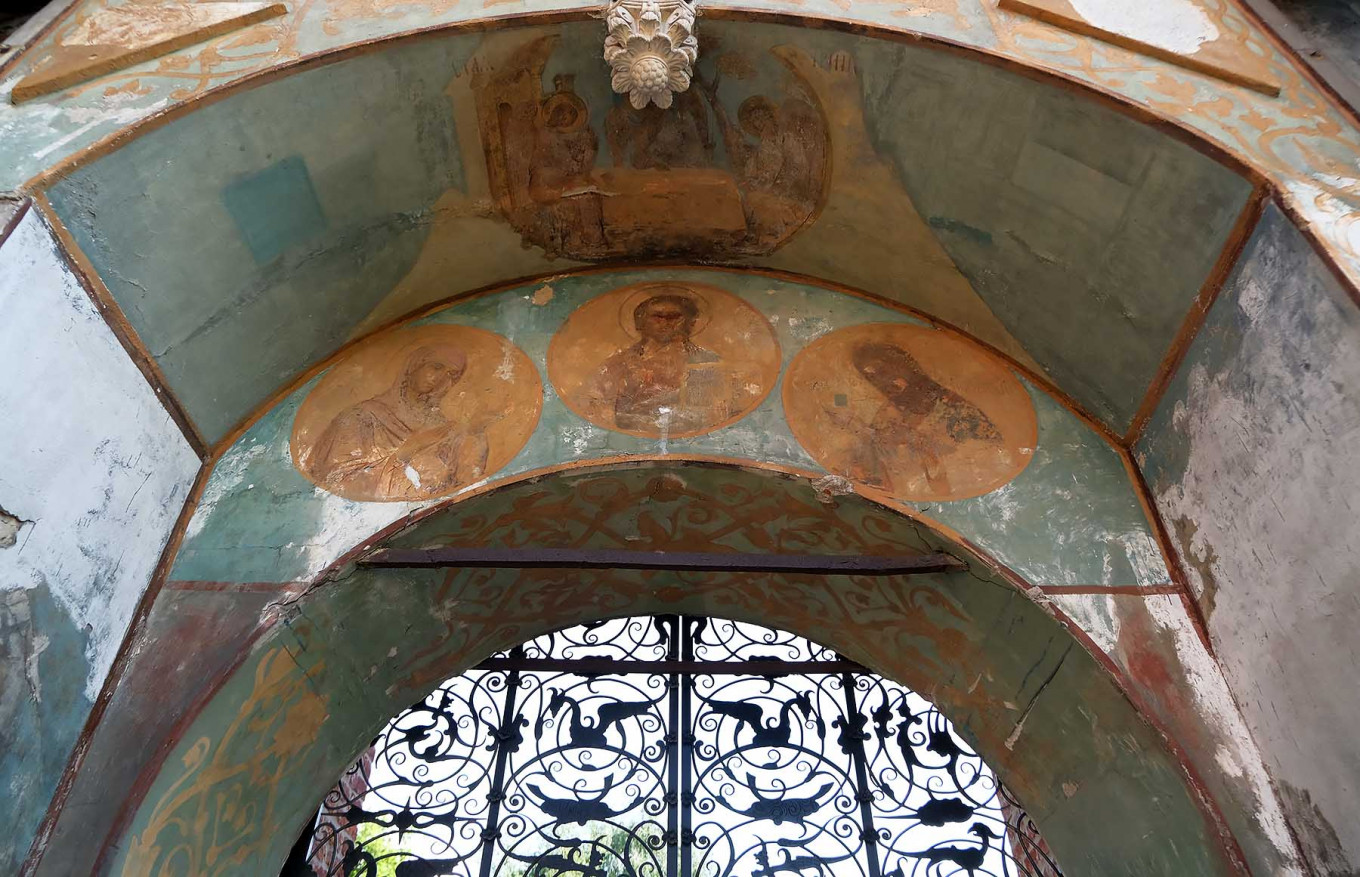
The passage leads to the terem: a small space over the Holy Gates that opens into the church courtyard. The Terem is the most unusual structure in the residence — too small to have much of a function but spectacularly decorated with about 2,000 colorful ceramic tiles.
Violetta Nadbitova / MT
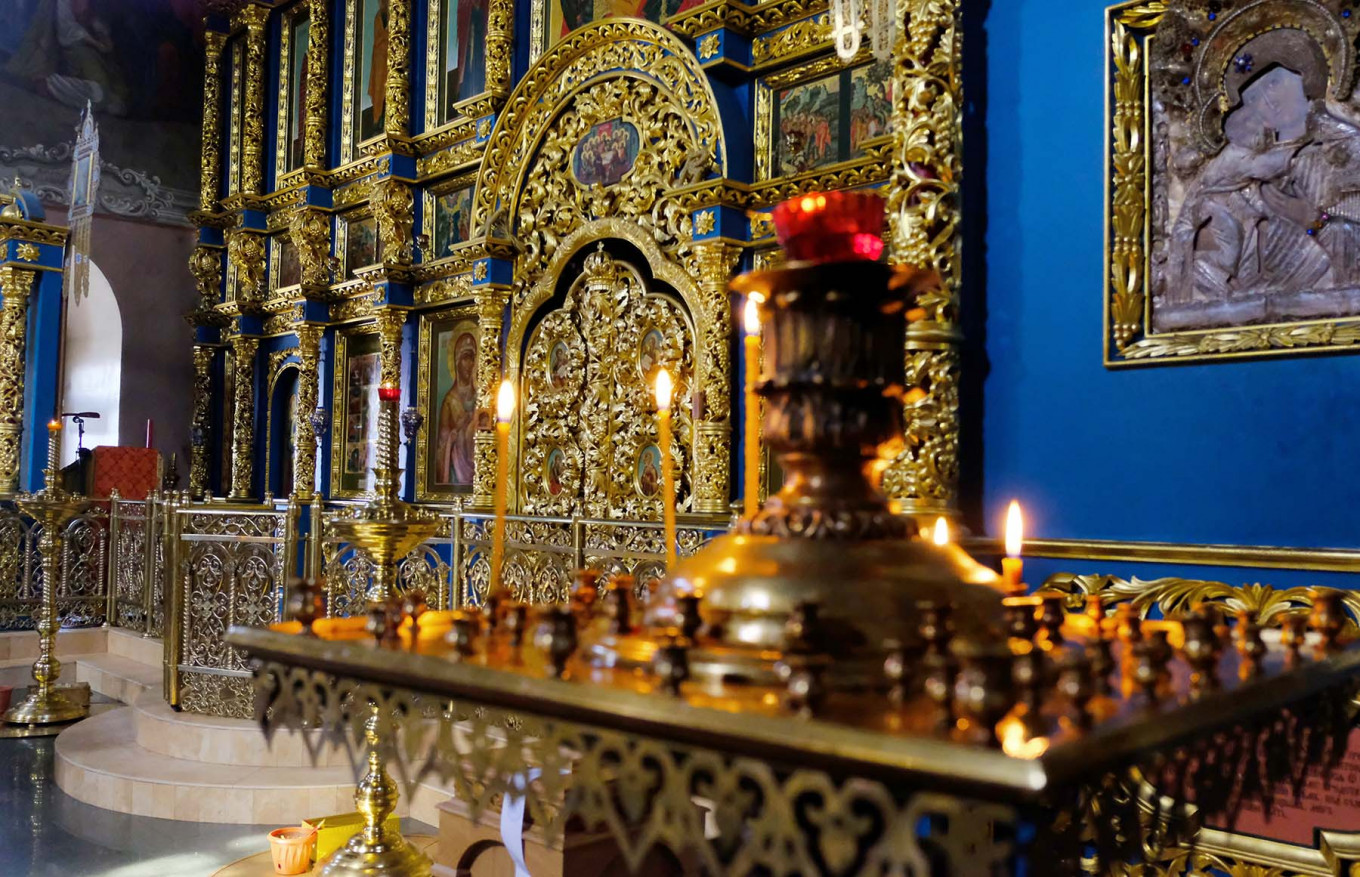
The first floor of the Dormition of the Mother of God Church, used in the winter, is dedicated to Saints Peter and Paul. When the Catholic Poles were in the Kremlin under the rule of the False Dmitrys, this church was Russia’s main place of worship.
Violetta Nadbitova / MT
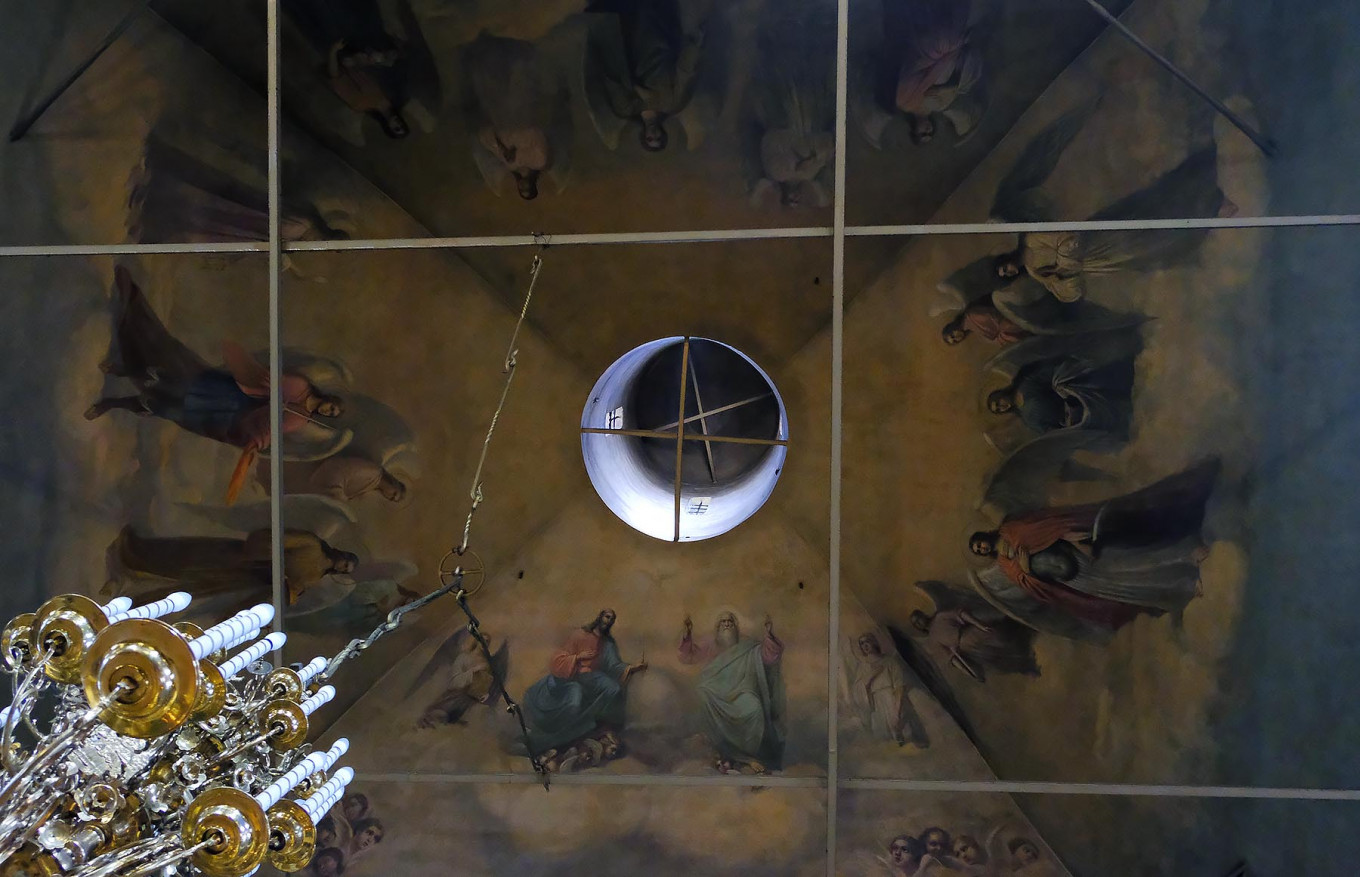
Reconstructed and re-consecrated in the 1990s, and filled with icons, the interior of the church is grand.
Violetta Nadbitova / MT
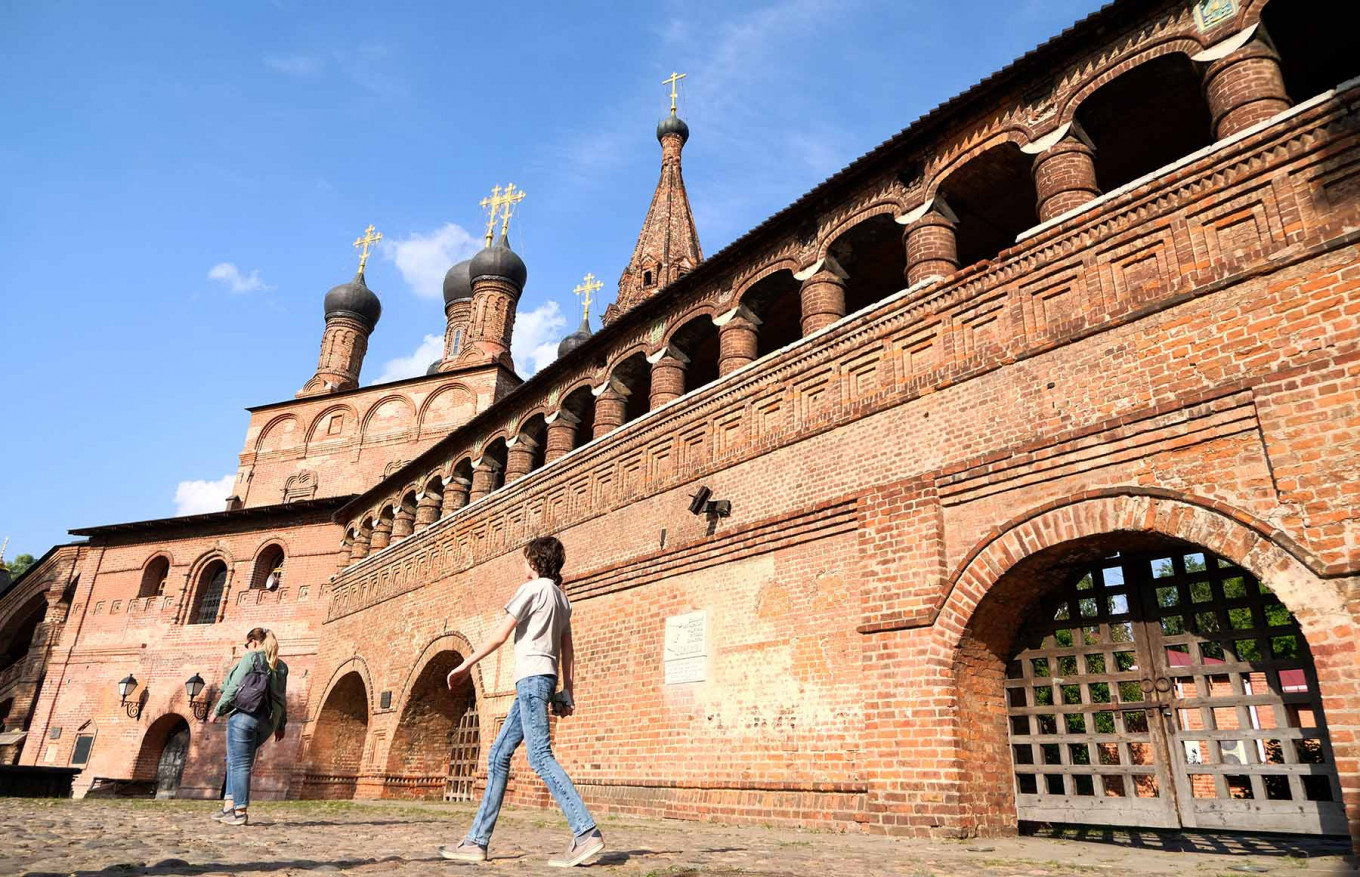
Many of the structures in the complex were built in the late 1600s under Metropolitan Pavel II, whose contributions allowed the residence to grow and flourish. At the time, visitors called it a “corner of heaven” in Moscow.
Violetta Nadbitova / MT
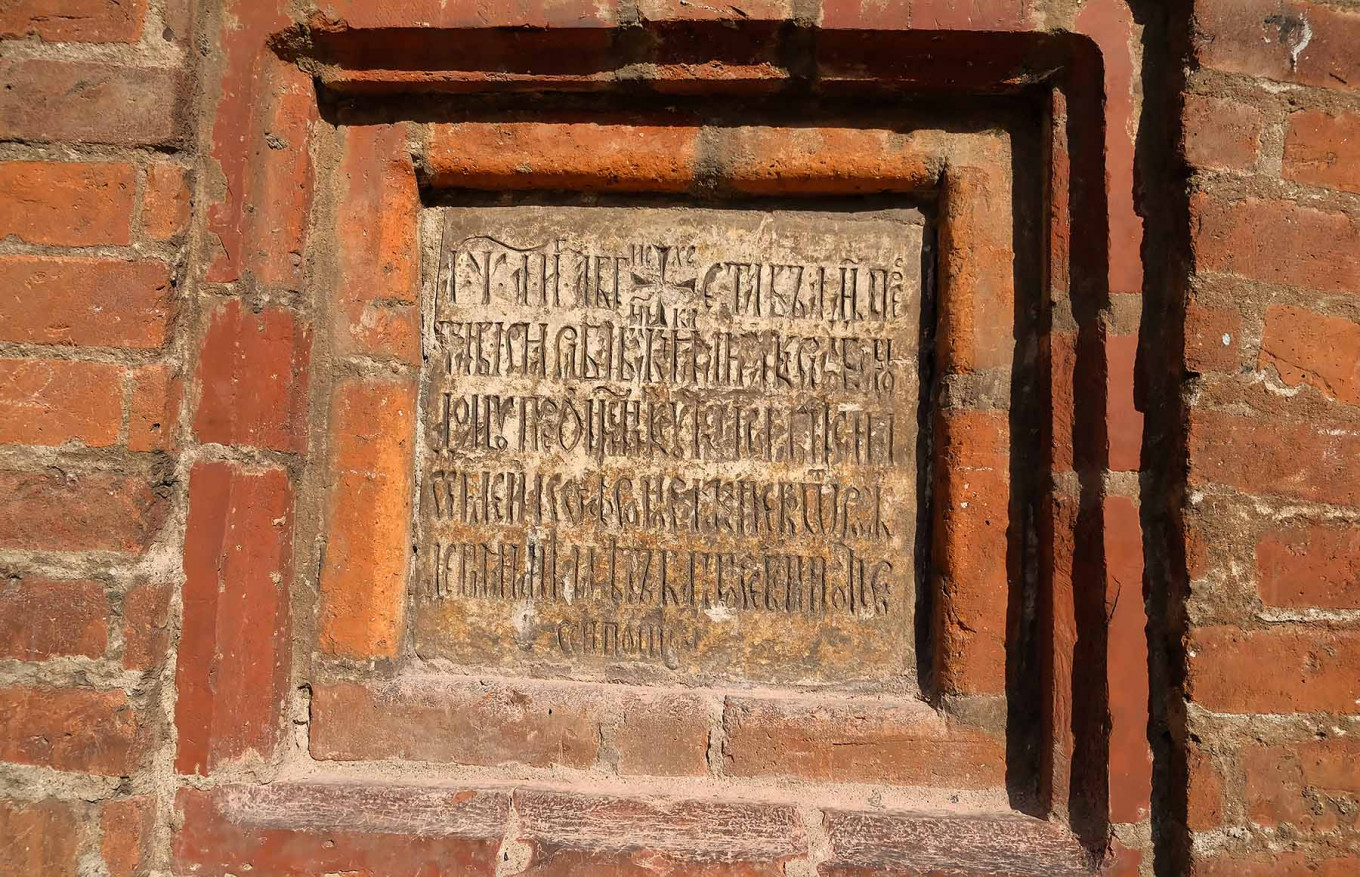
Outside, ancient scriptures are nestled in the brickwork.
Violetta Nadbitova / MT
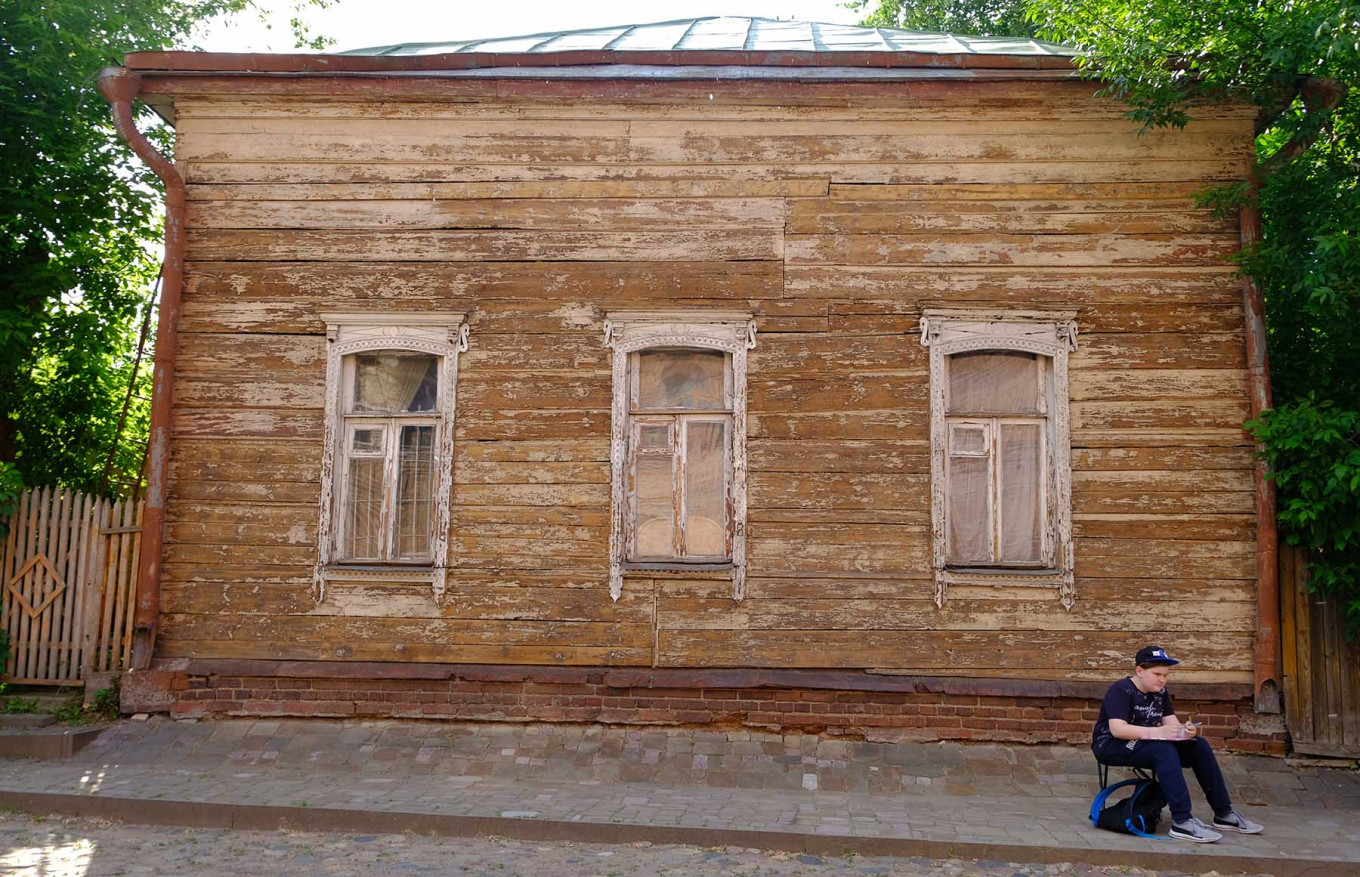
A wooden house near the residence.
Violetta Nadbitova / MT
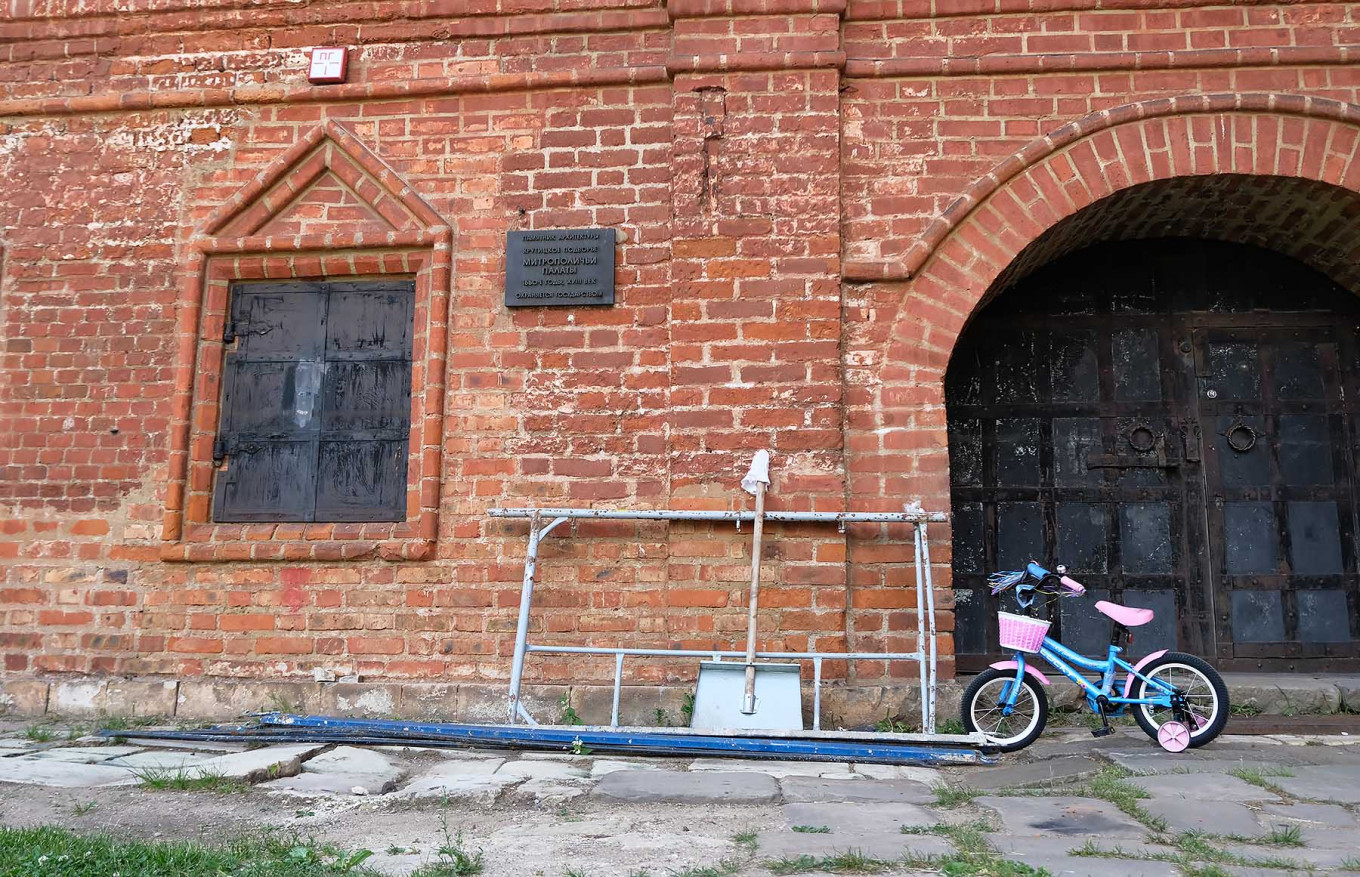
The Metropolitan’s Palace was built in 1655 during the heyday of the residence. In the 18th century, the residence became increasingly less important. Its library, livestock, carriages and other property were transferred to the Kremlin Chudov Monastery, and in 1788 all but the Dormition Church was handed over to the military.
Violetta Nadbitova / MT
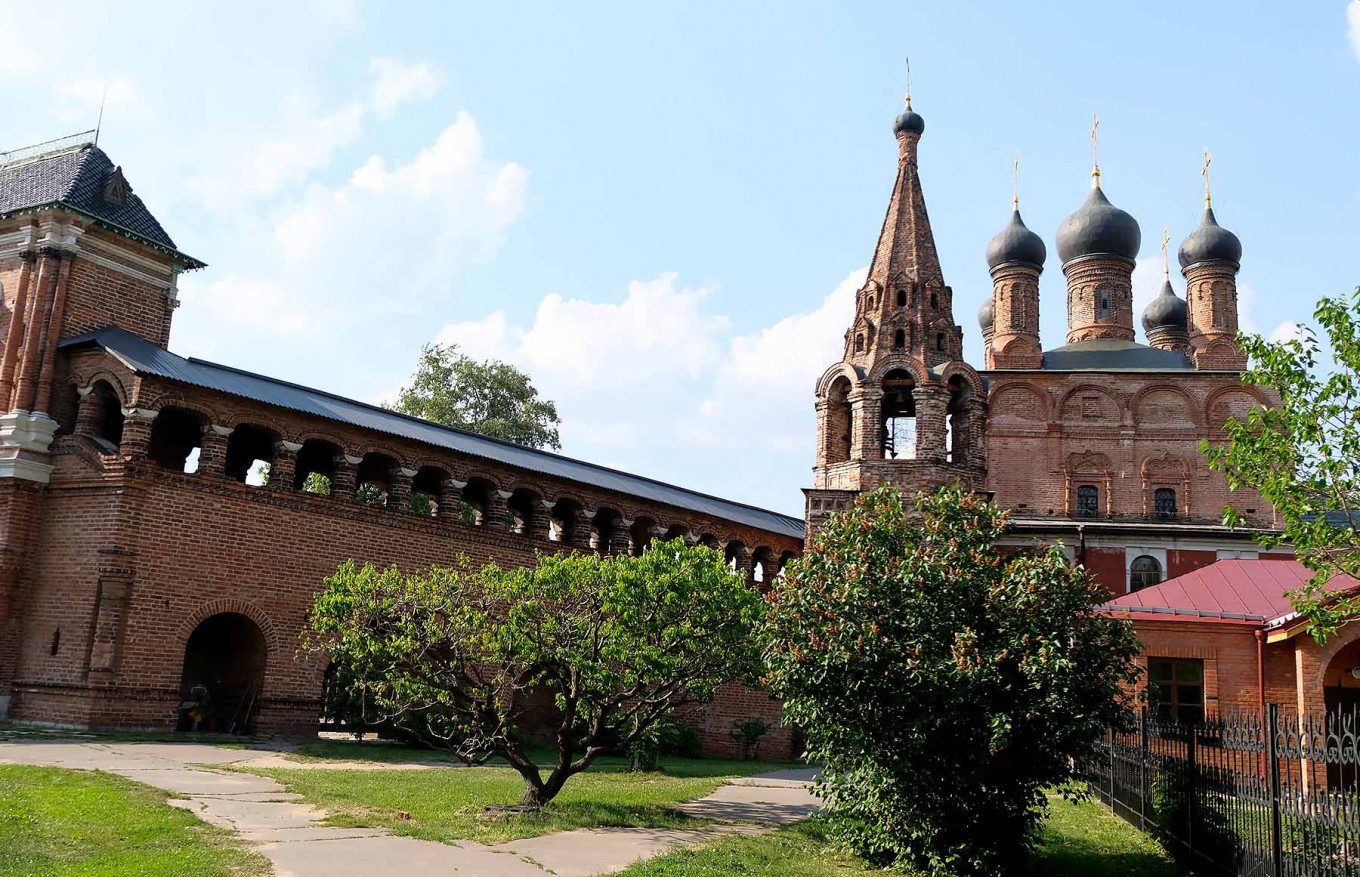
The residence makes for a relaxing and welcome break from the busy city.
Violetta Nadbitova / MT






